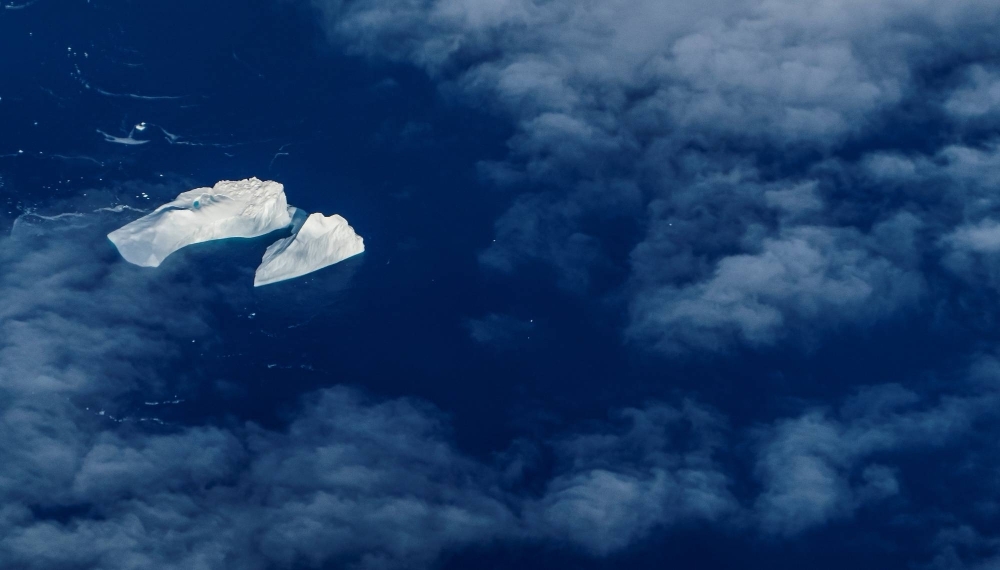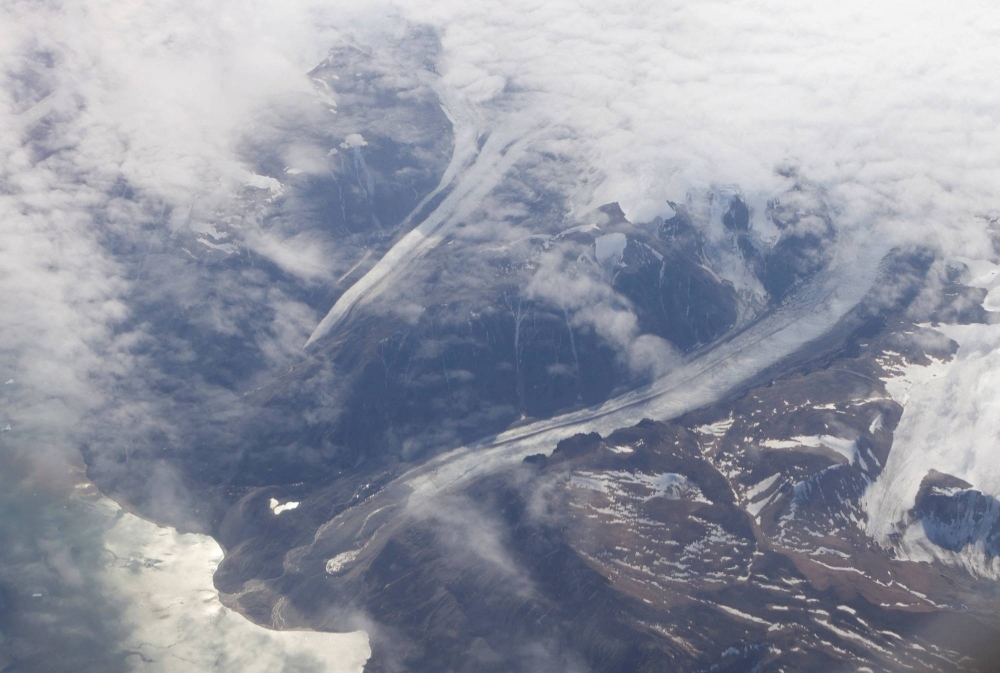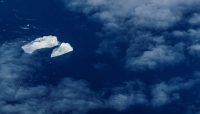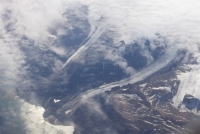In the 1930s, Danish pilots — clad in suits of polar-bear fur — flew open-cockpit planes over Greenland on mapping campaigns, coming back with more than 200,000 photos. Those long-forgotten photographs were rediscovered in a castle outside Copenhagen 15 years ago and have helped climate scientists reconstruct the movement of Greenland’s coastal glaciers.
That movement, described in a paper published last week in the journal Nature Climate Change, is worrisome: More than 1,000 peripheral glaciers and ice caps — smaller ice masses that dot the territory’s coastline, distinct from the ice sheet — have entered an accelerated phase of retreat over the past 20 years, disappearing twice as fast as they did during the 20th century.
Using a late-20th-century baseline, the study also determined that glaciers in south Greenland shrank in length by 18% on average, while glaciers in other parts of Greenland retreated by up to 10%.
"Their rate of retreat in the 21st century is largely unprecedented on a century timescale,” said Laura Larocca, the study’s lead author and a U.S. National Oceanic and Atmospheric Administration climate and global change postdoctoral fellow at Northern Arizona University.
The new study is the first to provide a comprehensive picture of peripheral glacier retreats across all of Greenland’s key regions over a 100-year period, its authors say, deepening understanding of how glaciers respond to a changing climate.
"Almost anywhere in the Arctic, you can see evidence for recent ice retreat with your own eyes,” said Yarrow Axford, a co-author and a professor of Earth and planetary sciences at Illinois' Northwestern University. "But how fast, how unusual, how widespread is that retreat? It takes a lot of data, and very hard-won data, to answer those questions.”
Larocca, Axford and their co-authors focus on peripheral glaciers. Although these account for only 4% of Greenland’s ice-covered areas, they are a substantial contributor to global sea level rises given that their mass loss has been disproportionate compared to that of the ice sheet.
But exactly how Greenland’s peripheral glaciers fluctuated over time hasn’t been widely studied, the researchers say, in part due to a lack of data. Prior to the launch of Earth-observing satellites in the 1970s, observational records of Greenland glaciers were few and far between. The study’s authors managed to overcome that challenge by combining satellite images with the historic aerial photographs. As well as the photo collection rediscovered in Denmark, the researchers also used images of Greenland obtained by the U.S. military during World War II and the Cold War for additional data points.
Despite the range of climates and topographical characteristics in Greenland, glacial retreat across the island is near-universal, with the only major possible exception being glaciers in northeast Greenland, where recent increases in snowfall seem to have resulted in slower loss.
The new study echoes previous analyses finding that glaciers around the world are rapidly vanishing in correlation with rising temperatures. For instance, glaciers in Asia’s Hindu Kush Himalayan region - home to the world’s highest mountains — were melting 65% faster in the 2011-2020 period compared with the preceding decade, according to a June study. In fact, the loss of glaciers in the Gulf of Alaska and in Asia’s Himalayas region has become so obvious that the changes can be spotted from space, with scientists now measuring the ice shrinkage in years rather than decades.
The research underscores Greenland’s sensitivity to climate change. If the Greenland ice sheet melted entirely, scientists estimate that sea levels would rise by about 7.4 meters (24 feet).
"With this large dataset, we can see very clearly that in the 21st century, it became much harder to be a glacier in Greenland,” Axford said. "Their rapid retreat is a warning that the enormous Greenland ice sheet is also under intensifying climate stress. We expect the ice sheet to respond more slowly, but obviously it’s not good news that Greenland’s climate is becoming so much less hospitable to ice.”






